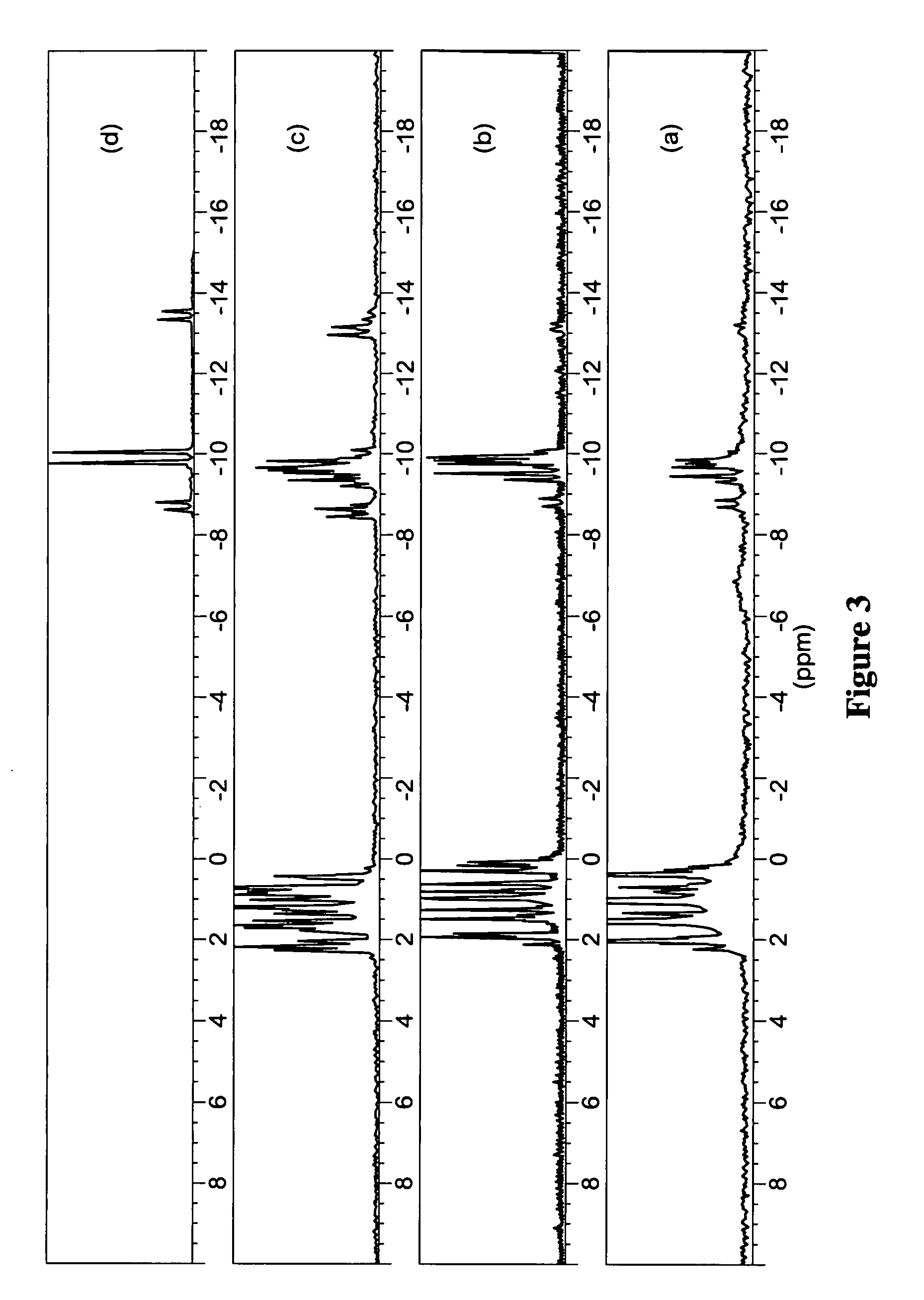Inositol pyrophosphates, and methods of use thereof
a technology of inositol pyrophosphate and pyrophosphate, which is applied in the field of inositol pyrophosphate, can solve the problems of ischemic insult, deficiency of oxygen localized to an organ or skeletal tissue, and deprived of oxygen and nutrients for an extended period of time, so as to reduce the number of heterologous transfusions, limit the use of autologous blood, and enhance blood oxygenation
- Summary
- Abstract
- Description
- Claims
- Application Information
AI Technical Summary
Benefits of technology
Problems solved by technology
Method used
Image
Examples
Embodiment Construction
I. Overview
[0057] The process of allosterically modifying hemoglobin towards a low oxygen affinity state in whole blood could be used in a wide variety of applications including in treatments for ischemia, heart disease, complications associated with angioplasty, wound healing, radiation therapy of cancer, adult respiratory distress syndrome (ARDS), etc., in extending the shelf-life of blood or restoring the oxygen carrying capacity of out-dated blood, and as sensitizers for x-ray irradiation in cancer therapy, as well as in many other applications.
[0058] This invention is related to the use of allosteric hemoglobin modifier compounds in red blood cell suspensions, e.g., in whole blood. Serum albumin, which is the most abundant protein in blood plasma, has been identified as inhibiting the allosteric effects of clofibric acid, bezafibrate, and L3,5 / L3,4,5. The precise nature of this inhibition is not fully understood, but appears to be related to these compounds binding to the seru...
PUM
 Login to View More
Login to View More Abstract
Description
Claims
Application Information
 Login to View More
Login to View More - R&D
- Intellectual Property
- Life Sciences
- Materials
- Tech Scout
- Unparalleled Data Quality
- Higher Quality Content
- 60% Fewer Hallucinations
Browse by: Latest US Patents, China's latest patents, Technical Efficacy Thesaurus, Application Domain, Technology Topic, Popular Technical Reports.
© 2025 PatSnap. All rights reserved.Legal|Privacy policy|Modern Slavery Act Transparency Statement|Sitemap|About US| Contact US: help@patsnap.com



